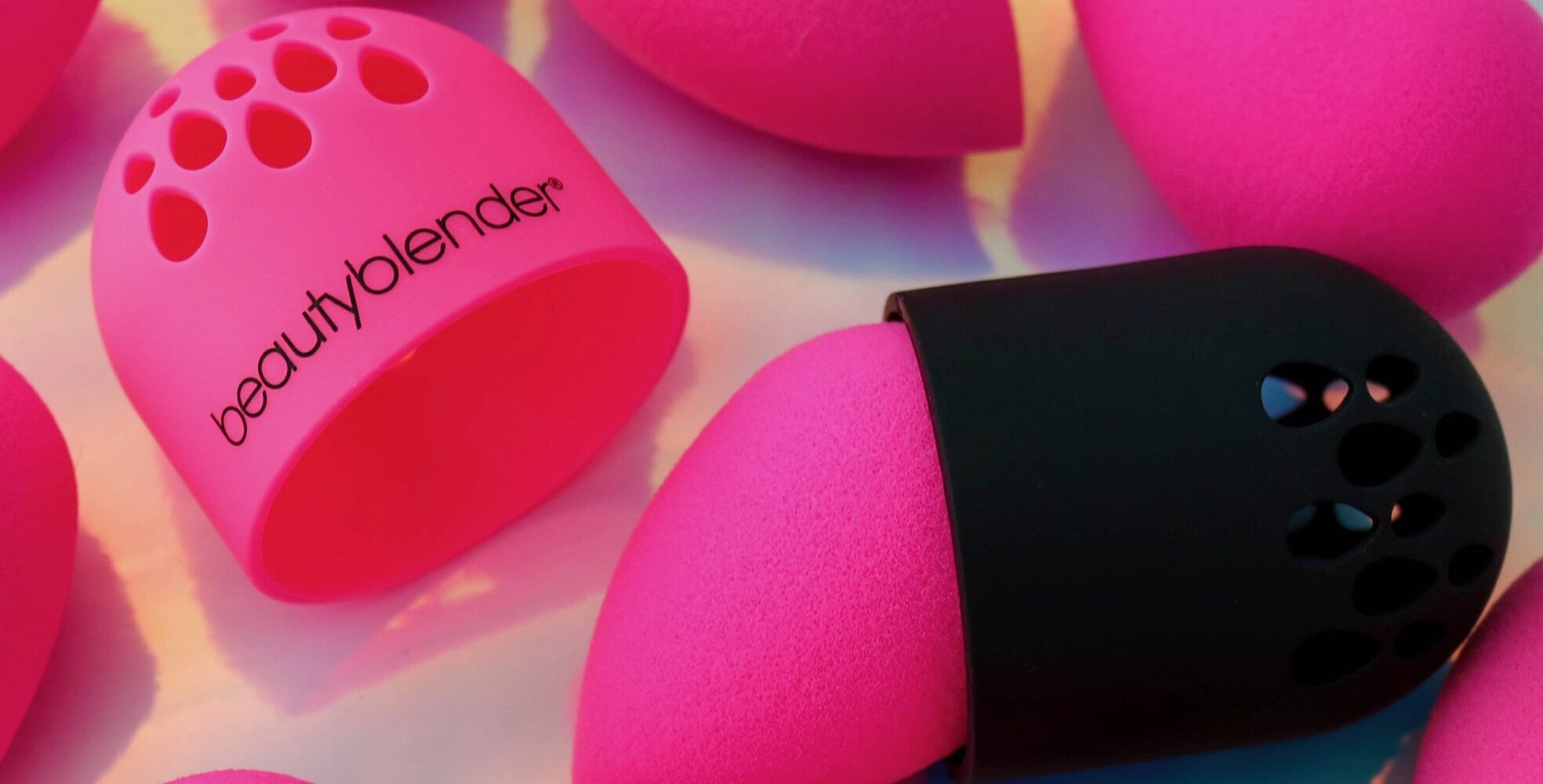
Three Emerging Beauty Brand Executives Demonstrate There’s No Single Path To Beauty Management Today
As indie beauty brands make market share inroads in the beauty industry, it’s not only founders that are bulldozing paths for them in a field long dominated by global conglomerates. They’re depending on versatile and savvy executives to direct distribution strategy, develop game-changing products, nail down the financial numbers and spearhead marketing that cuts through the noise, among countless duties.
Indie beauty executives today have varied backgrounds. Some are cultivated within entrepreneurial organizations, and others are drawn to entrepreneurial brands after spending years at large corporations. While each has a unique story, there are often commonalities. They’re generally willing to wear several and take calculated risks to push their brands to new heights.
Beauty Independent touched base with three executives at prominent entrepreneurial beauty brands—Ayesha Bshero, head of product development and VP creative at Beekman 1802, Erica Dickerson, global beauty director at Beautyblender, and Jade Simmons, VP of marketing at Peach & Lily—for a recent In Conversation webinar. They discussed their career journeys and the skills that enable them to thrive at an emerging brand. Below, learn more about what makes them tick.
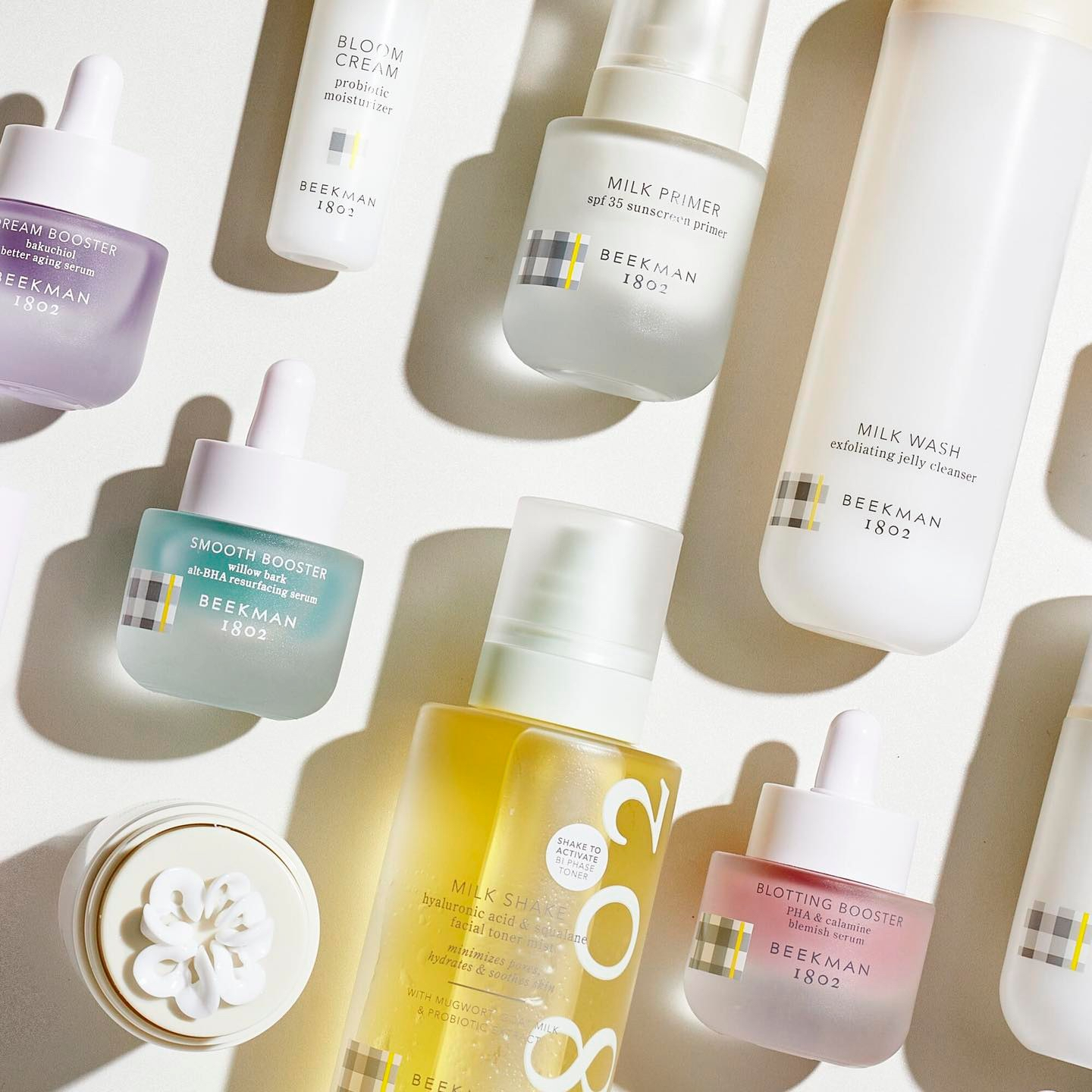
BEEKMAN 1802’s Ayesha Bshero
Out of college, Bshero started in the beauty industry by helping on sourcing trips at STA Elements, her father’s bath and body amenities business. After nearly nine years at the company, where she became VP of product development, she went to Beekman 1802. While she didn’t have a science background, her product development experience at STA Elements gave her knowledge about what goes into beauty product construction, including proper margin structure.
“When you’re a small business and you’re an independent business, you don’t really have a lot of money. You have to hit those margins,” said Bshero. “So that really set me up to be successful later on when we really had to hit the Ulta margin, for example, or the TV shopping margins that we do now. A really big part of that understanding was the financial side.”
Brand Growth and Distribution
Launched in 2009, Beekman 1802 hit a major early milestone in 2013 when it premiered on Evine, the television shopping network now called ShopHQ, and became its No. 1 brand. In 2018, HSN picked up Beekman 1802. A year later, it ventured to QVC. In 2020, Beekman 1802 arrived at Ulta Beauty.
In 2021, private equity firm Eurazeo acquired a controlling stake in the brand a year after it generated $150 million in retail sales, according to information co-founder Josh Kilmer-Purcell provided to publication Women’s Wear Daily.
Key Superpower
Bshero has big ambitions, not just for Beekman 1802, but to change the beauty industry as a whole. She aims to dig into the United States Food and Drug Administration sunscreen approval process with the goal of developing better options for melanated skin.
“I really have always felt strongly about this work for women of color with really intense hyperpigmentation,” says Bshero. “So, I would, at some point when I have more time and I’m not working on 400-something SKUs, dive into that process and see what it would take to develop and get a new active approved by the FDA.”
Brand Inspiration
Outside of Beekman 1802, clean skincare brand Glow Recipe’s offerings stand out to Bshero. She said, “There are a lot of animal-based ingredients that are huge in Korea—goat milk, snail mucin, a lot of great fermented ingredients—which I’m a huge fan of, but they’ve been able to take something very, very convoluted like Korean skincare that is very difficult to explain to the average American customer and make it easy and make it fun and show efficacy and create these holy grails.”
E.l.f. Beauty’s playful products and bold marketing campaigns also resonate with her. Bshero said, “Whether it’s sprinkle eyeshadow or avocado eyeshadow or a bag that looks like a burrito, I just really respect their courage in the space.”
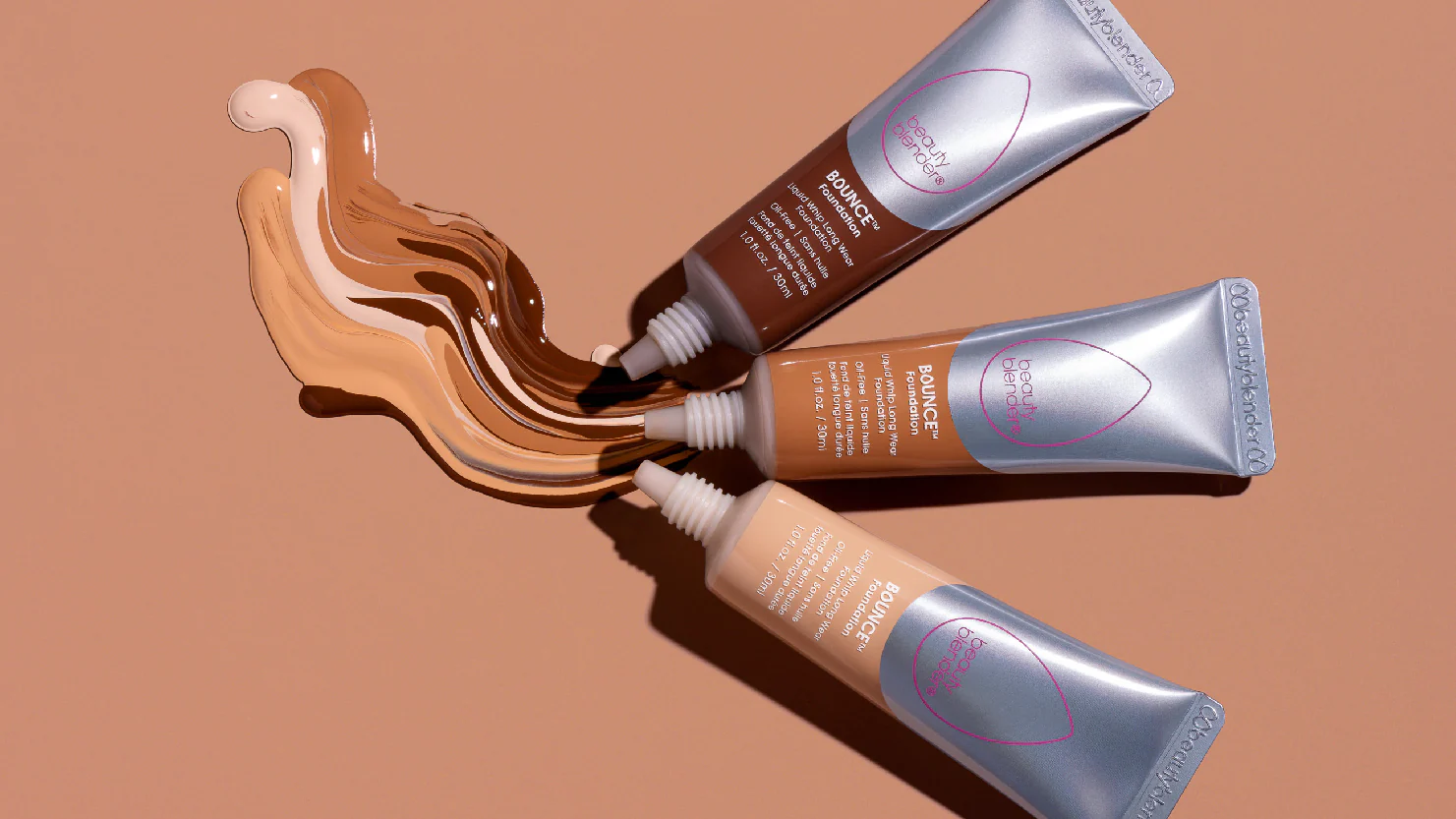
Beautyblender’s Erica Dickerson
A former actress and model, Dickerson left college and began traveling with Macy Gray as a member of the singer’s glam squad and an assistant for three years. Dickerson’s mother Rea Ann Silva, a makeup artist and founder of Beautyblender, introduced her to Gray.
Dickerson recalled, “Macy was going on tour, and she asked my mom if she knew anyone that could go on tour with her, and I had just come back from college, and she had this bright idea that I would be the best makeup artist for Macy Gray, even though I had no makeup experience at all besides sitting at her makeup table all my life on sets,”
Dickerson, who hosts the podcast “Good Moms, Bad Choices” along with being global beauty director at Beautyblender, has pretty much worked on every aspect of the brand. Long before she was an executive at it, Dickerson assembled its products in the garage of her childhood home as a high schooler.
“We started Beautyblender in our garage, and she would make deals with me, ‘Hey, if you want to go hang out with your friends, you need to assemble 50 Beautyblenders,'” said Dickerson. “And so this was really a mom-and-pop shop happening in our home.”
Brand Growth and Distribution
Silva was a makeup artist for the television show “Girlfriends” in the 2000s when she conceptualized Beautyblender’s iconic egg-shaped pink sponge to smooth and blend makeup. The brand’s assortment has grown from the makeup sponge to span makeup, tools and more.
“We were historically a tool brand for many, many years, so getting into makeup is a whole new beast,” said Dickerson. “And so there’s a lot of TLC that has to go into the new products. We test products, we [talk about] what’s working, what isn’t working, experimenting with all different types of new things.”
In 2012, Beautyblender entered Sephora, a move that changed its distribution dramatically. Previously, it had been available at smaller independent retailers. Today, its products are available at the likes of Ulta, Macy’s and Amazon as well. By 2019, self-funded Beautyblender was generating $175 million in sales.
Brand Inspiration
Founded by Indian American influencer-turned-CEO Deepica Mutyala, Live Tinted is an inspiration to Dickerson. Dickerson said, “She has an incredible brand and an incredible founder story. I just really respect her journey into the beauty space as a beauty influencer from the beginning and a kind of an accidental beauty influencer, and then walking into becoming just this incredible boss, CEO of this brand that’s really catered to a specific audience.”
As a YouTuber, Mutyala’s video showing her use red lipstick to mask under-eye circles drew millions and millions of views. That led to Live Tinted’s bestselling Huestick Color Corrector. “I really love her products. I love her brand,” said Dickerson. “I’m always excited about her new launches.”
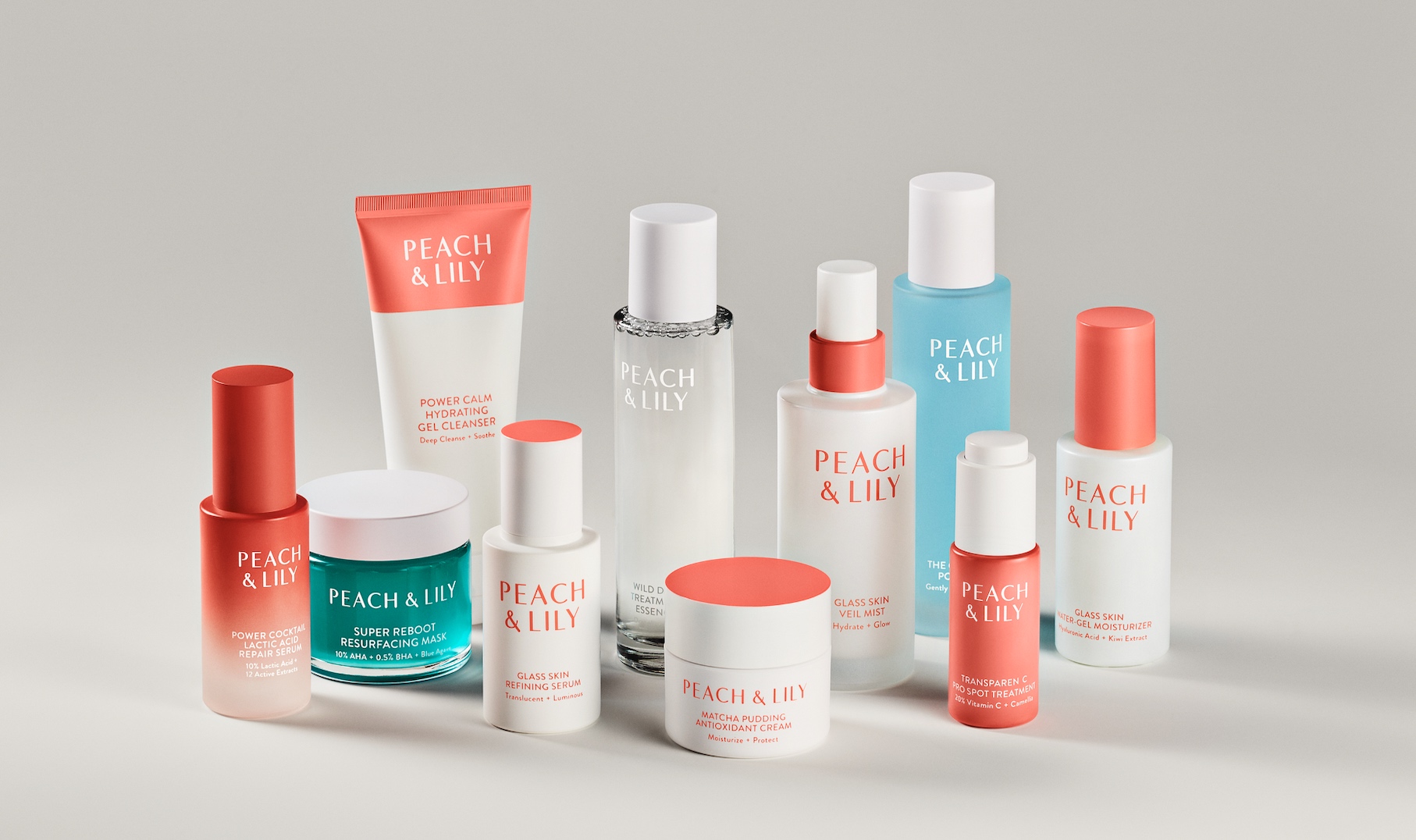
Peach & Lily’s Jade Simmons
Prior to joining Peach & Lily last year, Simmons held positions at eHarmony, Mattel and T3. “I really like working with brands where they’re still kind of figuring out that secret sauce,” she said. “They’re still nailing down exactly what are we all about and how we really maximize that storytelling across channels. And I had done that work at T3 and as the brand had grown so significantly, we were starting to move into a different phase strategically of the organization.”
A phone call with Peach & Lily founder Alicia Yoon convinced Simmons the brand would be a good fit for her. During the call, Yoon communicated how her passion for skincare stemmed from her personal experiences. Yoon has struggled with eczema.
Simmons recounted, “It really started with her and a problem that she was seeking to solve and how just diligent she had been and really diving in to become a trade aesthetician, to go to Korea, to study with these chemists, to really learn why certain products weren’t delivering efficacy in the name of trying to be clean or were delivering the efficacy and they weren’t clean, and how she really wanted to combine those things together.”
Brand Growth and Distribution
Peach & Lily started as an e-commerce platform with third-party brands in 2012. It continues to carry about 15 brands. About five years ago, Peach & Lily established its namesake brand. By 2020, the brand was racking up sales in excess of $30 million and received minority investment from Sandbridge Capital. At the time, it set its sights on reaching $100 million in sales within a few years. Peach & Lily is sold at retailers such as Target, CVS, Bergdorf Goodman and Ulta.
Key Superpower
Simmons has an uncanny ability to juggle diverse responsibilities, including marketing, product styling and contract negotiations. “Marketing teams are really individuals, and you’ve got one person usually wearing multiple hats,” she said. “The same person who’s managing social is also managing all influencer marketing. And let’s not even just talk about the fact that social isn’t just a singular phrase any longer. You really need a separate TikTok strategy from what you’re doing on Instagram for what you’re doing on YouTube.”
Simmons envisions propelling Peach & Lily in an array of capabilities. “When I was at T3, I was overseeing both brand marketing as well as product development, so it was kind of more of that mini GM-type role. My time at Mattel was very similar,” she said. “So, I kind of want to see where this goes.”
Brand Inspiration
Simmons is a fan of Youth to The People products. The brand was in Sandbridge Capital’s portfolio before it sold to L’Oréal in 2021. Simmons said, “I just think that they’re doing such a fantastic job of merging both efficacious product innovation, storytelling from a functional standpoint, and bridging the gap with this emotional connection and really hitting it on the nose with where the consumer is at and caring about larger issues as well and just doing it so seamlessly.”
Prestige hair tool star Dyson is disruptor she admires, too. “They looked at consumers, they understood what they were trying to achieve, and then they thought, ‘How can we think outside of the box? And how can we really bring innovation and really anchor our positioning in that innovation storytelling?'” said Simmons. “And I think they just did it phenomenally well, and they’re just so consistent.”
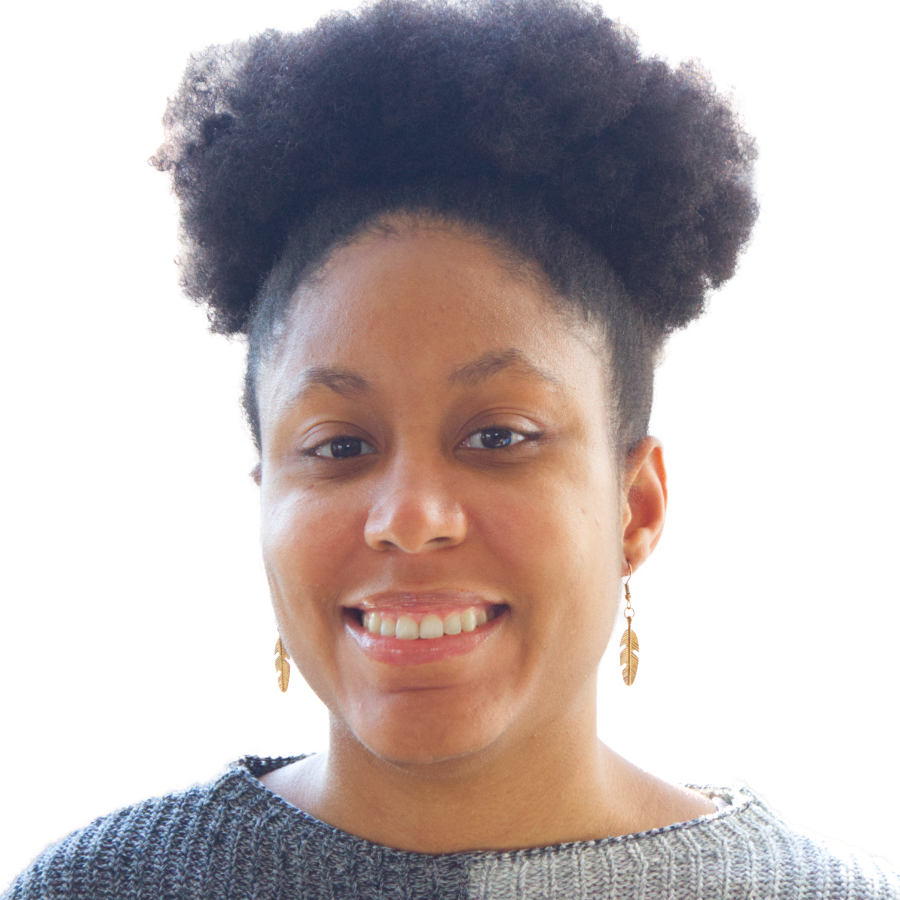




Leave a Reply
You must be logged in to post a comment.